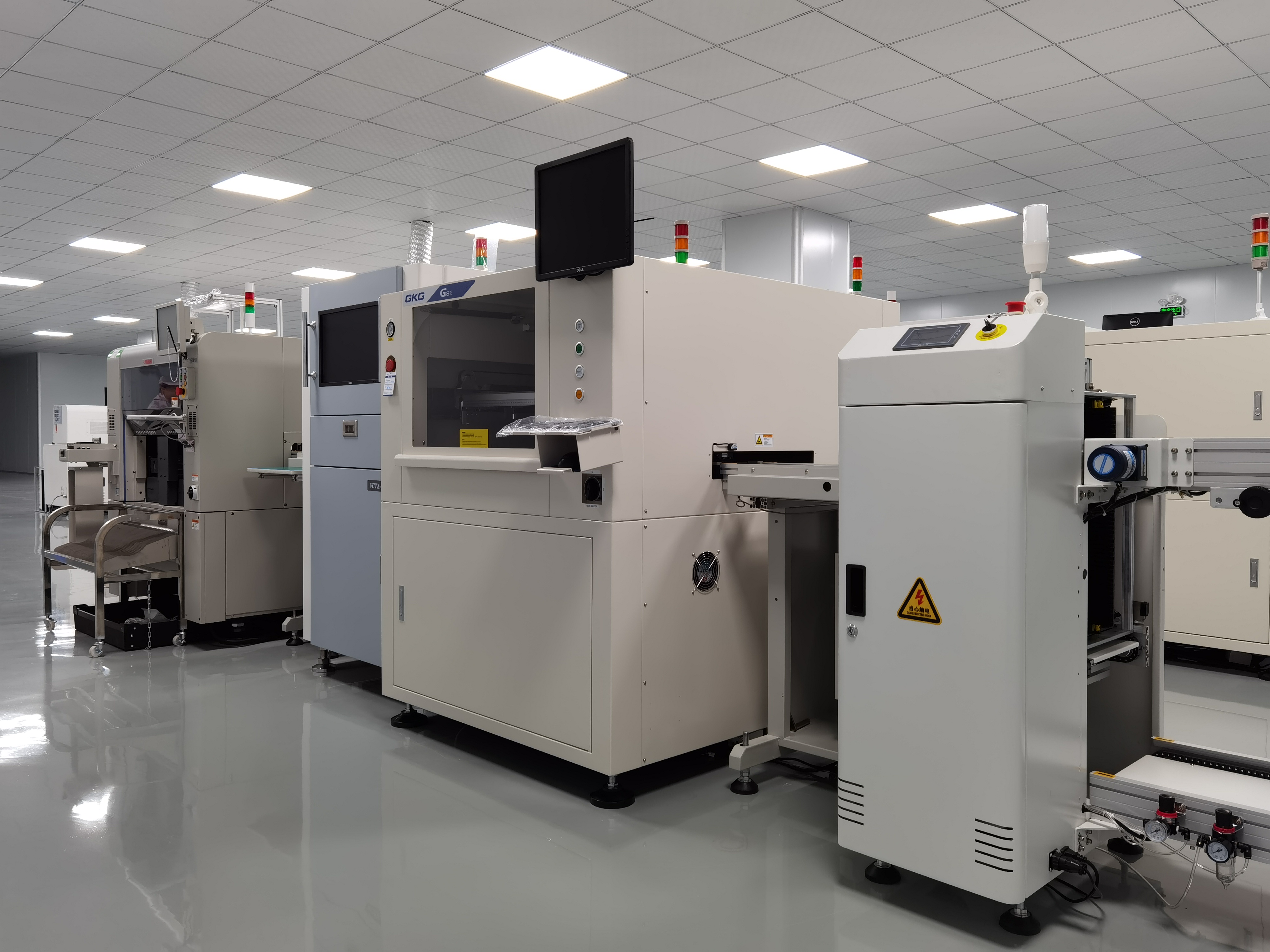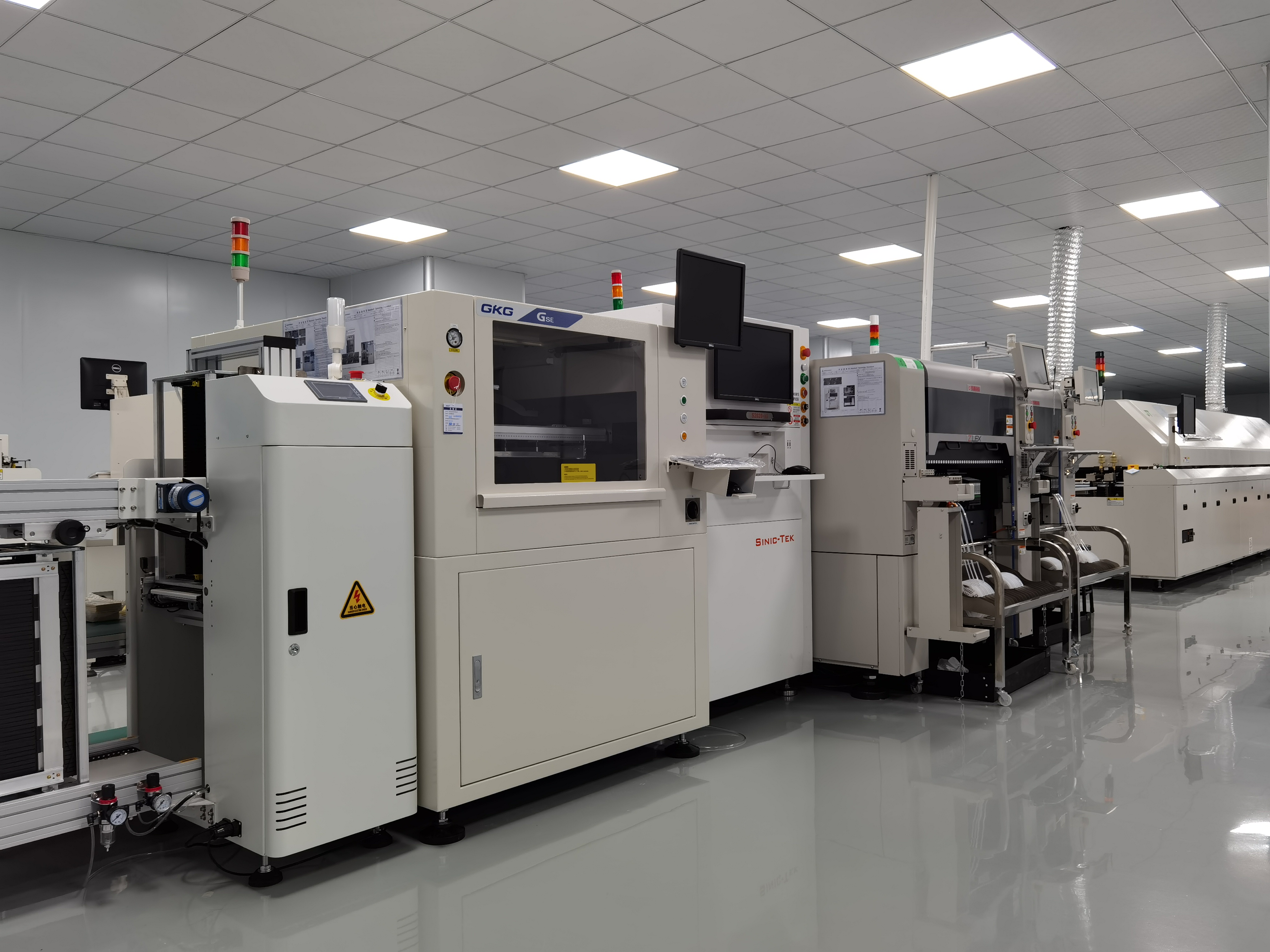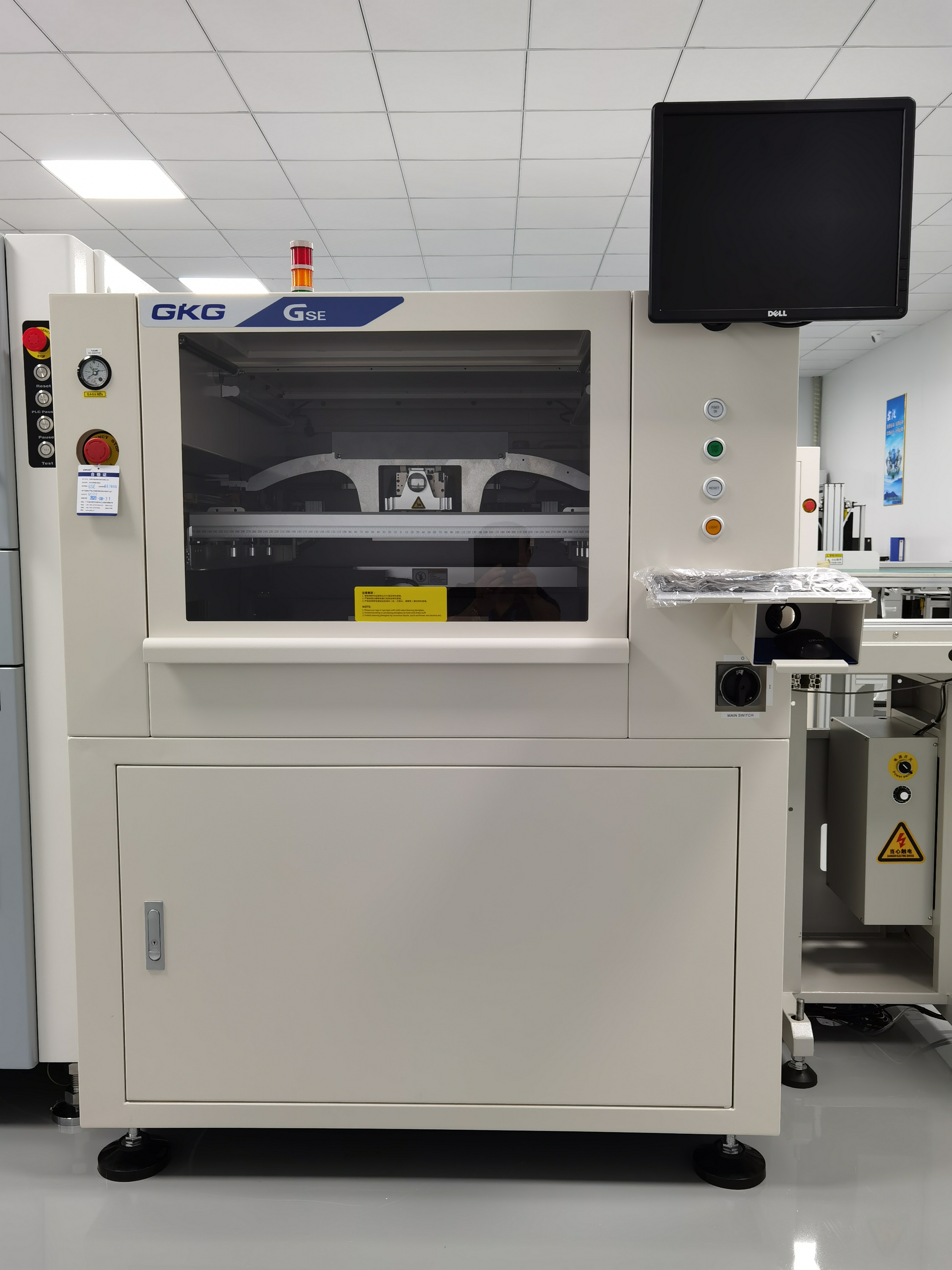Understanding the Classification of SMT Assembly Surface Mount Machines

Many people who work in pcb assembly want to know how to pick the right SMT assembly surface mount machine. Choosing the right machine is important. The global SMT market was worth USD 5,271.9 million in 2023. It is growing very fast.
Statistic Description | Value / Percentage |
|---|---|
Global SMT Market Size (2023) | USD 5,271.9 million |
Projected Market Size (2030) | USD 8,222.0 million |
Placement Equipment Revenue Share (2022) | 27.7% |
LTPCBA uses new equipment and technology to keep up with industry changes.
Key Takeaways
SMT assembly surface mount machines are sorted by how much they make, how they are built, and what they do. This helps companies choose the best equipment for what they need. - Picking the right machine makes things faster, more correct, and easier to change. This means better quality and lower costs. - Newer machines have smart features and can use data. These help factories work quicker, make fewer mistakes, and keep quality good.
SMT Assembly Surface Mount Machine Types

Surface mount technology has changed how people make pcb boards. The smt assembly surface mount machine is very important in every smt production line. Experts sort these machines in three main ways. They look at production scale, structure, and function. These ways help companies pick the right equipment. LTPCBA uses advanced machines like Yamaha YSM10 and YSM20. These machines help with different production needs. Their skill with placement machine classification gives good results for customers.
By Production Scale
Manufacturers pick an smt assembly surface mount machine based on how big their smt production line is. Some lines make only a few pcb boards for testing. Others make thousands of boards every day. The market puts machines into three groups:
Prototype and Low-Volume Machines: These machines are best for small batches or new products. They are flexible and easy to set up.
Mid-Volume Machines: These machines are for medium runs. They are fast and flexible. They are good for growing companies.
High-Volume Machines: These machines are for big jobs. They place many parts quickly and with care. For example, a company made twice as many boards after adding a new chip placement machine. This machine could place up to 40,000 parts each hour. This made work faster and better.
Electronics factories in Asia-Pacific need more high-volume smt production lines. LTPCBA’s placement machine classification helps match the right machine to each customer.
By Structure
The structure of an smt assembly surface mount machine changes how it works in the smt production line. Machines come in different designs:
Single-Head Machines: These machines use one head to pick and place parts. They are good for simple jobs or small runs.
Multi-Head Machines: These machines have more than one head. They work faster and can do harder jobs.
Turret-Type Machines: These machines use a spinning turret to move parts fast. They are great for high-speed work.
Modular Machines: These machines let users add or take away modules. This makes them flexible when needs change.
Reports show that top brands like LTPCBA use modular and multi-head machines. These machines help with automation and accuracy. The Yamaha YSM20, for example, has a flexible structure. It fits many smt production line setups. Placement machine classification by structure helps companies pick machines that fit their space and speed needs.
By Function
Function-based placement machine classification looks at what each smt assembly surface mount machine can do. Machines fit into a few groups:
General Placement Machines: These machines work with most normal parts. They can be used on many pcb boards.
High-Speed Placement Machines: These machines are made for speed. They place small, simple parts very fast.
Multi-Function Placement Machines: These machines can place both normal and special parts, like ICs and connectors. They are fast and flexible.
Specialized Machines: Some machines do special jobs, like the ic component placement machine. This machine handles hard integrated circuits.
Here is a table that shows some common functions and their benefits:
Placement Machine Function | Benefit for SMT Production Line |
|---|---|
Compact design | Lets more parts fit on small pcb boards |
High-speed operation | Makes more boards each day |
Multi-function capability | Handles many part types in one run |
Precision placement | Makes fewer mistakes and better quality |
Automation integration | Saves money on labor and keeps work the same |
Manufacturers use placement machine classification by function to match machines to their products. For example, LTPCBA uses both high-speed and multi-function machines. This helps meet different customer needs. Their smt assembly surface mount machine lineup has models for both normal and advanced pcb boards.
Tip: Picking the right smt assembly surface mount machine for your smt production line depends on your product, how many you need, and how exact you must be. LTPCBA’s experts can help you choose the best machine for your job.
Placement Machine Features and Applications

High-Speed and Multi-Function Models
A placement machine is very important in smt production lines. High-speed machines can put up to 35,000 parts each hour. They pick up parts almost every time, with a 99.98% success rate. These machines use smart cameras and special nozzles to avoid mistakes. Multi-functional placement machines work with both normal and special parts, like connectors and ICs. They can use many types of feeders and change jobs fast. Medium-speed machines are good because they are quick and flexible. This makes them great when production needs change. A high precision mounter puts each part in the right spot. This lowers mistakes and makes the boards better.
LTPCBA uses both high-speed and multi-functional machines for hard jobs. Their smt production placement machine group has models that collect data as they work. They use smart programs to keep the machines working well. These machines can handle different board sizes and part types. This helps LTPCBA give good results for every project.
Note: Some advanced smt production placement machine models collect data and use it to watch queue lengths, placement rates, and machine output. This helps factories find problems early and keep things running well.
Typical Uses in SMT Production
A smt production placement machine is used a lot in making electronics. It can place very small parts, like 03015 chips, and big connectors on one board. Most machines can use 64 to 256 feeders, so they can load many parts at once. The pick-and-place machine puts each part in the right place. It uses sensors to check for mistakes. Workers can change jobs fast, which saves time and money. Medium speed machines are good for small and medium batches. High-speed machines are best for big jobs.
LTPCBA’s smt production placement machine systems help customers make products faster and with fewer mistakes. Their placement machine solutions work for many things, like home electronics and industrial controls. By picking the right placement machine, LTPCBA keeps quality high and costs low for every order.
Surface Mount Technology in the SMT Process
Integration in SMT Lines
Surface mount technology is very important in every smt production line. The process begins with solder paste printing. This step puts solder on the pcb manufacturing board. After that, chip mounting places surface mount devices on the board. Automatic assembly equipment and automated equipment move each board along the smt patch processing flow. These machines use real-time data and connect with other systems. They track every part using barcodes or QR codes. This traceability helps factories find problems quickly and keep quality high.
A modern smt production line uses machine data integration. Manufacturing Execution Systems collect and watch process data. They link information about parts, process settings, and what workers do. This setup helps with traceability and quality control. The line also has a wave soldering machine. This machine joins parts to the board. Using surface mount technology, companies can make more boards with fewer mistakes. LTPCBA uses these advanced systems to improve pcb manufacturing and meet customer needs.
Equipment Selection Considerations
Picking the right equipment for an smt production line depends on many things. Companies think about how many boards they need. They look at the size of the parts and how exact the work must be. The table below shows some important criteria and examples:
Criteria / Consideration | Example or Statistic |
|---|---|
High component density and precision | Electric vehicles need more precise boards; EU electric car market share reached 12.1% in 2022 |
Technological advancements | Yamaha's YRM20 mounter uses image recognition for better placement |
Consumer electronics demand | Global exports reached USD 988 Billion in 2022 |
Growth in IoT and smart devices | EU IoT market expected to reach €1.1 trillion by 2025 |
Regional manufacturing growth | China's electronics manufacturing grew 14.7% YoY in 2022 |
Industry 4.0 integration | Global industrial robot sales increased 10% in 2022 |
LTPCBA helps customers choose the best automatic assembly equipment for their smt production line. They think about the type of pcb manufacturing, if miniaturization is needed, and how fast the work must go. Their team uses advanced surface mount technology for both small and big orders. By matching the right equipment to each job, LTPCBA makes sure quality is high and delivery is fast.
Sorting SMT assembly surface mount machines by how much they make, how they are built, and what they do helps companies choose the best one. LTPCBA uses smart machines for every job.
Live OEE and smart planning help work faster and save money.
Pick machines by how many you need, how easy they are to use, and how good you want your boards to be for the best outcome.
FAQ
What is an SMT assembly surface mount machine?
An SMT assembly surface mount machine puts parts on circuit boards. It works fast and does the job with care. LTPCBA uses new machines to make sure the boards are good.
How does LTPCBA ensure quality in SMT production?
LTPCBA checks every step with machines and real-time data. Their team follows strict rules to keep things right. This way, they make sure each PCB assembly works well.
Which industries use SMT assembly surface mount machines?
Lots of industries use these machines. Some examples are electronics, cars, medical devices, and factories. SMT technology helps with both small and big jobs.
See Also
Understanding SMT And DIP Processes In PCBA Manufacturing
Classifying Solder Paste And Components In SMT Assembly
Meeting SMT Assembly Standards For Automotive Electronics
